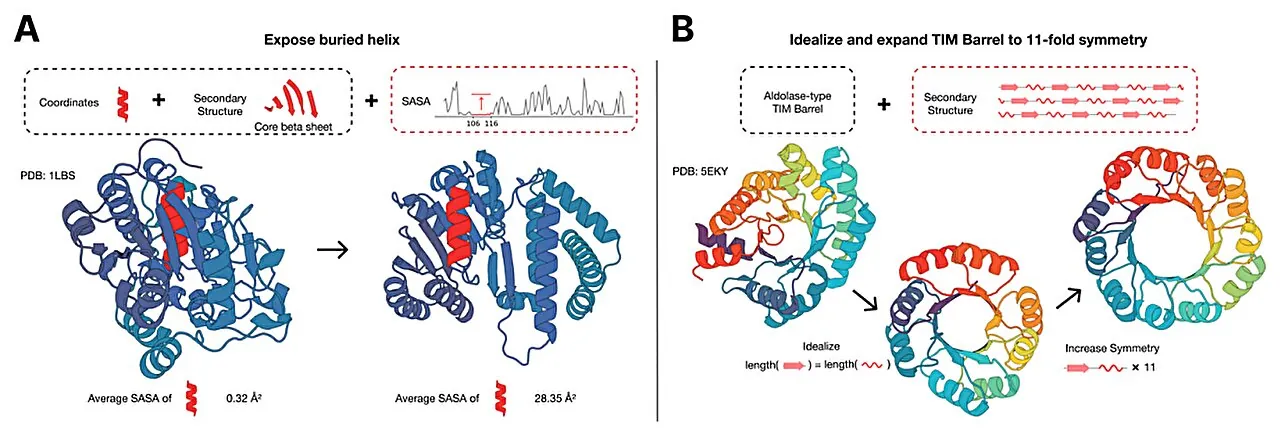
Groundbreaking AI Simulates 500 Million Years of Evolution to Create Revolutionary Fluorescent Protein!
2025-01-21
Author: Wei
In a remarkable scientific breakthrough, a coalition of AI researchers, biologists, and evolutionary experts at EvolutionaryScale and the Arc Institute in the U.S. have invented an AI model that can generate the code necessary to synthesize entirely new proteins. Their innovative study, showcased in the prestigious journal Science, details the development of a cutting-edge model named ESM3, which successfully synthesized a previously unknown and exceptionally bright fluorescent protein.
Historically, the synthesis of proteins has been crucial in unraveling the complex structures and functions of natural counterparts. The majority of synthesized proteins have been replicas of existing ones. However, the research team embarked on an ambitious endeavor to utilize AI to mimic an evolutionary pathway, creating a protein that never existed in nature.
The implications of generating artificial proteins are profound, paving the way for advanced research in protein science and unleashing novel applications across numerous fields. By leveraging an extensive array of existing protein data, the team harnessed the power of their AI model to push the boundaries of protein synthesis.
ESM3 operates as a multimodal generative language model, akin to popular AI chatbots, but with a unique twist—it absorbs and analyzes vast datasets. In fact, ESM3 was trained on an astonishing 771 billion tokens derived from an expansive library of 3.15 billion protein sequences, 236 million protein structures, and 539 million protein annotations. This comprehensive training equipped the model with the equivalent of 500 million years of evolutionary knowledge, enabling it to evolve basic protein code into a sophisticated, modern virtual protein.
Once the virtual protein was synthesized, it underwent conversion into a tangible artificial protein using established protein synthesis techniques. The outcome? A dazzling protein featuring a genetic sequence distinct from any previously known proteins.
The team's ambitious goal was to engineer a novel green fluorescent protein. Existing fluorescent proteins, which glow under ultraviolet light, serve as invaluable markers in various scientific applications. The newly synthesized protein has been designated as esmGFP, and its potential stretches far beyond mere laboratory use. Researchers speculate that models like ESM3 could revolutionize fields ranging from medicine and environmental research to biotechnology, ultimately contributing to groundbreaking medical treatments and solutions to pressing ecological challenges.
This monumental achievement not only highlights the tremendous potential of AI in scientific discovery but also opens the door for innovative approaches to protein synthesis that could reshape the future of numerous industries.





 Brasil (PT)
Brasil (PT)
 Canada (EN)
Canada (EN)
 Chile (ES)
Chile (ES)
 Česko (CS)
Česko (CS)
 대한민국 (KO)
대한민국 (KO)
 España (ES)
España (ES)
 France (FR)
France (FR)
 Hong Kong (EN)
Hong Kong (EN)
 Italia (IT)
Italia (IT)
 日本 (JA)
日本 (JA)
 Magyarország (HU)
Magyarország (HU)
 Norge (NO)
Norge (NO)
 Polska (PL)
Polska (PL)
 Schweiz (DE)
Schweiz (DE)
 Singapore (EN)
Singapore (EN)
 Sverige (SV)
Sverige (SV)
 Suomi (FI)
Suomi (FI)
 Türkiye (TR)
Türkiye (TR)
 الإمارات العربية المتحدة (AR)
الإمارات العربية المتحدة (AR)